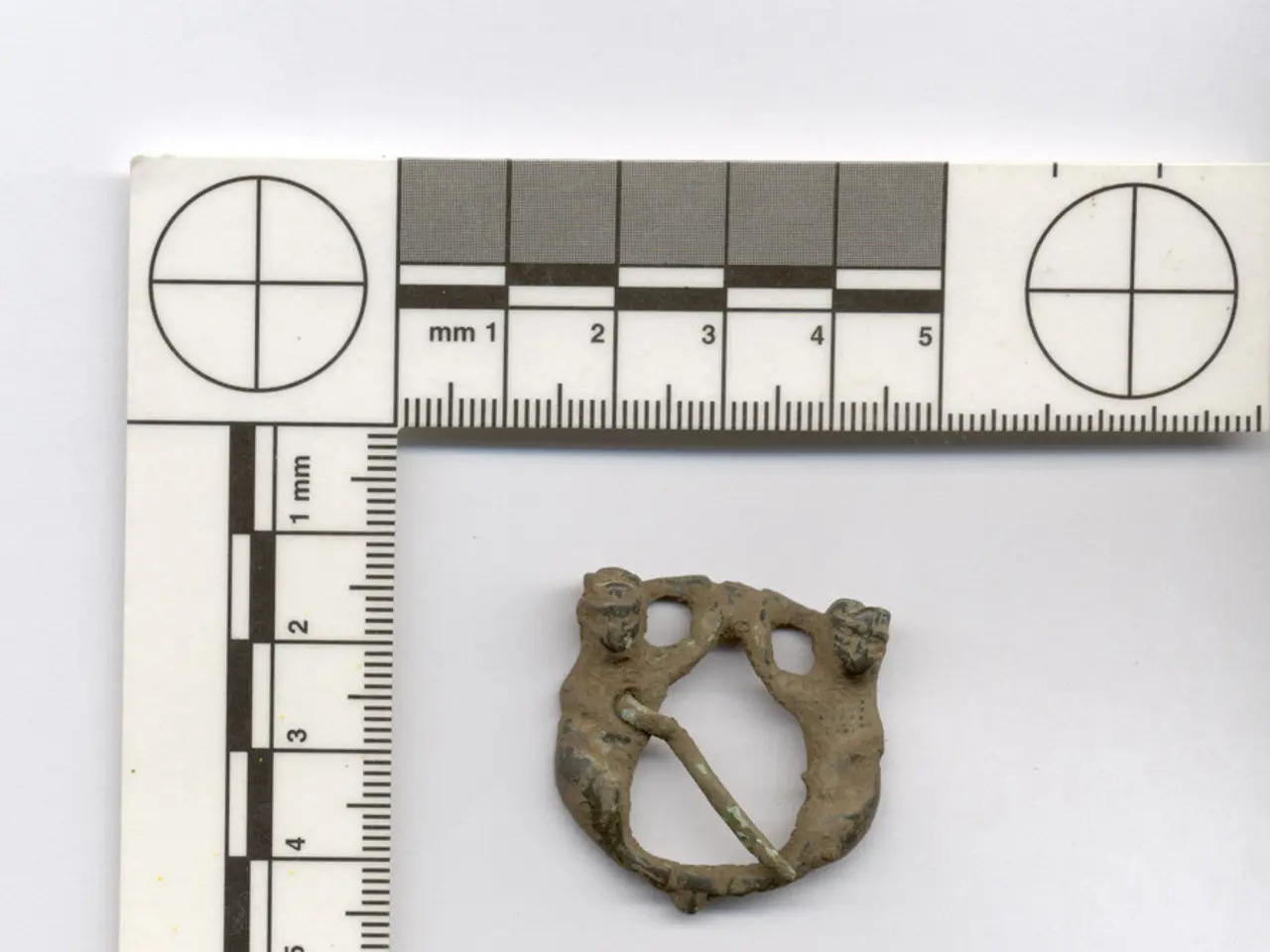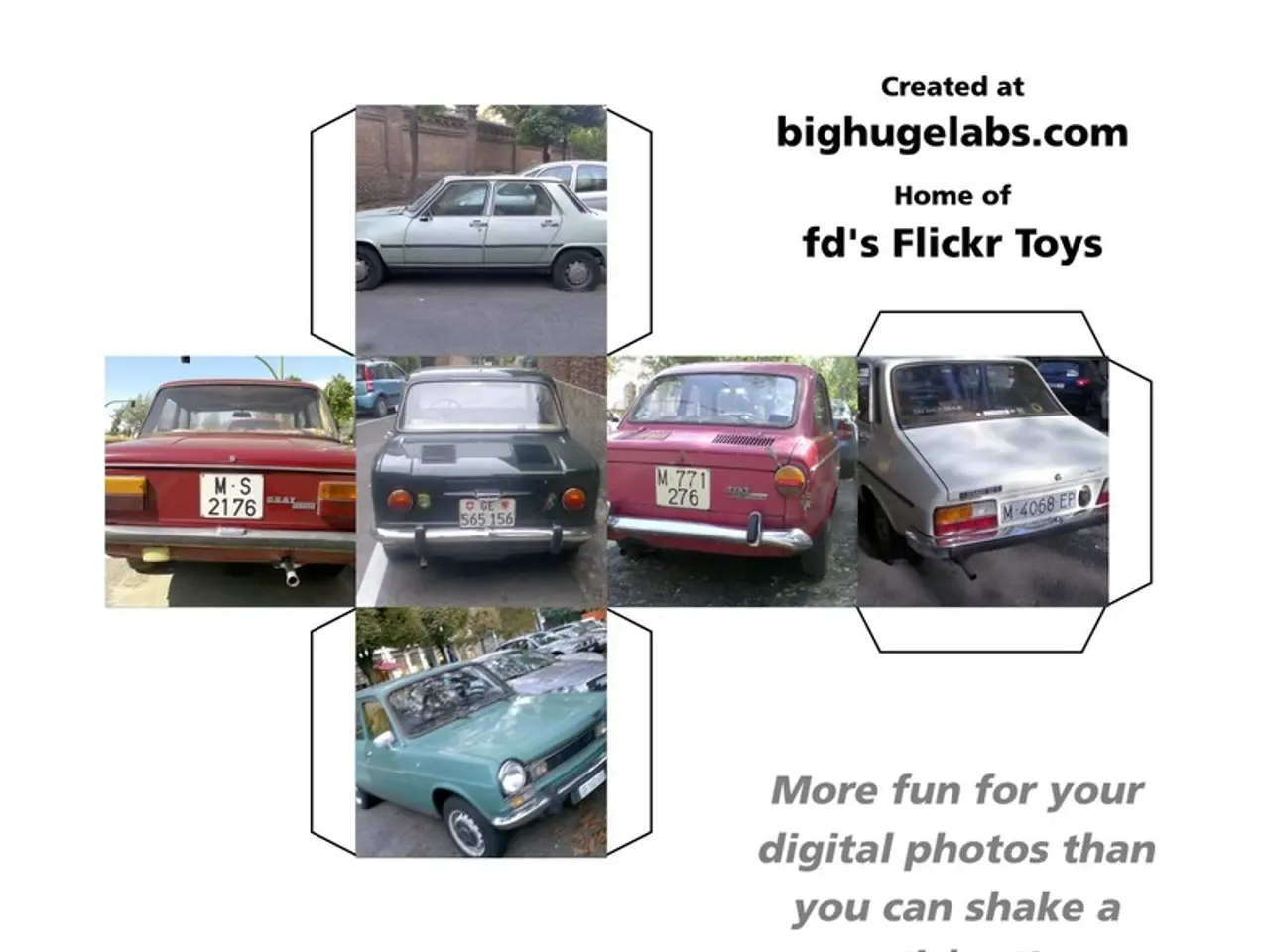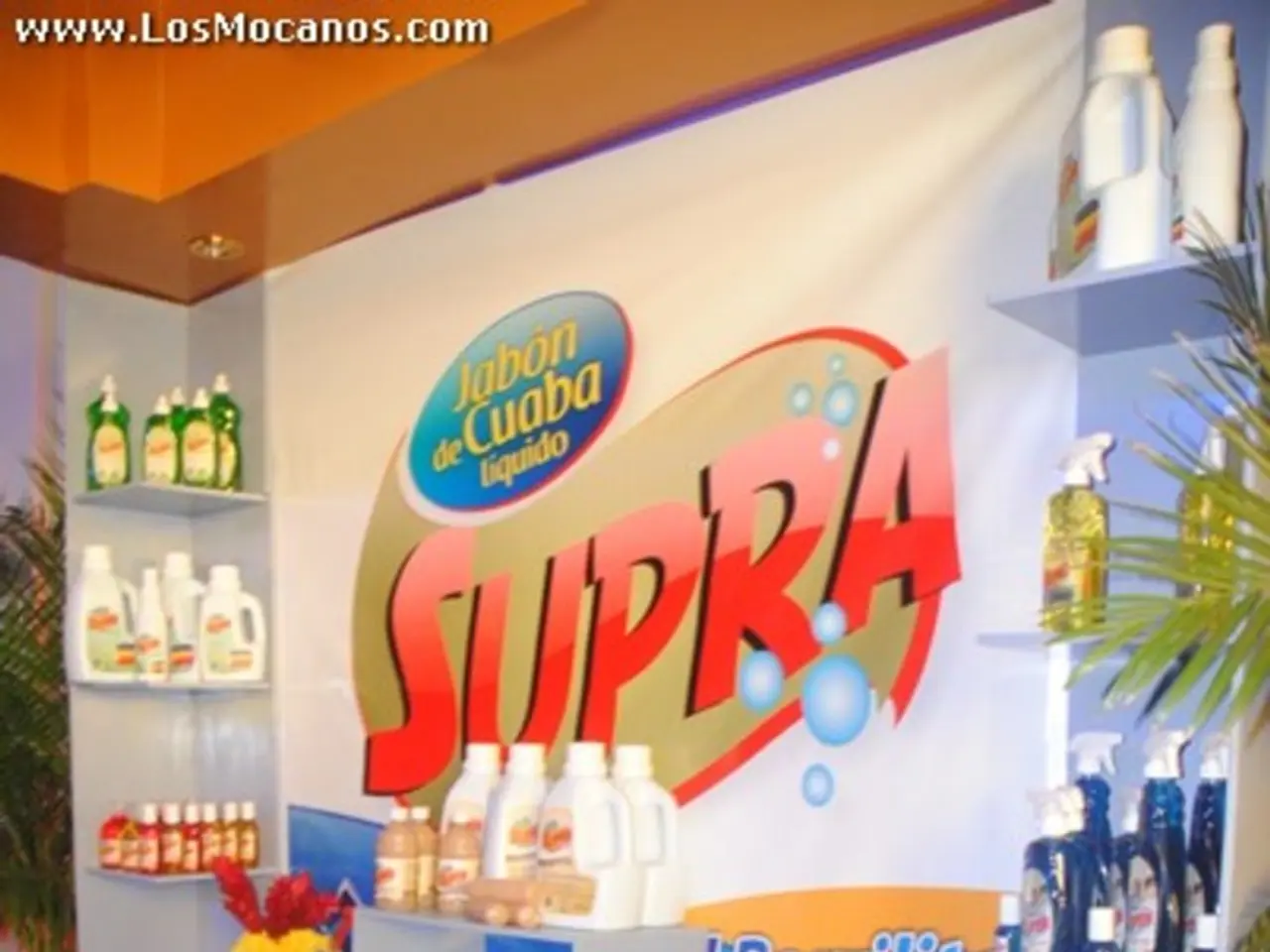Unraveling the Coded Mystery: Interpretation of 830 Mark on Silver Items
In the realm of silver artistry, the 830 silver standard stands as a distinctive hallmark of purity, particularly notable in Scandinavian silversmithing history. This alloy, containing 83% pure silver, offers a unique blend of precious metal and added strength, making it suitable for both ornamental and utilitarian silver objects.
The origins of the 830 silver standard can be traced back to historical developments in metallurgy and trade practices in Europe, where standardised silver purities became essential to facilitate commerce and assure quality, especially in regions with rich metalworking traditions such as Scandinavia.
In Scandinavian countries like Sweden, Denmark, and Norway, the 830 silver standard became widely adopted, influencing how silver items were crafted and valued. It marked a regional identity distinct from higher purity standards like sterling silver (92.5% silver), reflecting local preferences and legislative standards.
Silversmiths in Scandinavia developed specialized techniques and styles around this standard, fostering a unique Scandinavian silver aesthetic characterised by functional design combined with refined craftsmanship. This standard also helped regulate the quality and authenticity of silverware, strengthening trade and consumer confidence within and beyond Scandinavian borders over centuries.
Proper care and maintenance of 830 silver items are essential for preserving their physical condition and value. Cleaning requires a gentle approach, storage environment plays a crucial role, handling practices should be mindful, and professional cleaning and restoration may be necessary for valuable or historically significant pieces.
Authentic 830 silver pieces can be identified by multiple markings, including the numerical "830" stamp, regional hallmarks, maker's marks, and sometimes date letters. Authentication of these pieces requires careful examination of multiple factors, including hallmark verification, professional testing methods (XRF analysis), surface characteristics, construction techniques, weight assessment, maker's marks, documentation, and provenance.
Genuine 830 silver pieces are food-safe and were specifically designed for tableware. However, they should be properly cleaned after contact with acidic foods and shouldn't be used for long-term food storage. Despite its lower silver content compared to sterling silver, 830 silver is approximately 10-15% more resistant to denting and everyday wear.
The durability, craftsmanship, and historical significance of 830 silver pieces continue to make them valuable additions to collections and practical choices for those seeking quality silver items. The 830 silver standard represents a thoughtful compromise between precious metal content and practical durability, and it remains an important part of Scandinavian cultural heritage and highly valued in the antique market.
Many collectors value this unique aging characteristic, particularly in antique pieces, which often result in warmer tones rather than the darker tarnish typical of sterling silver. The legacy of 830 silver lives on through the countless beautiful and functional pieces that have survived through generations, each telling its own story of Scandinavian craftsmanship and design excellence.
In the realm of Scandinavian craftsmanship, the 830 silver standard, particularly within Sweden, Denmark, and Norway, has led to the creation of unique and functionally designed silver items. These pieces, despite their lower silver content compared to sterling silver, exhibit durability and a distinctive aging characteristic, often developing warmer tones over time, thus becoming valuable additions to collections and practical choices for those seeking quality silver items.





